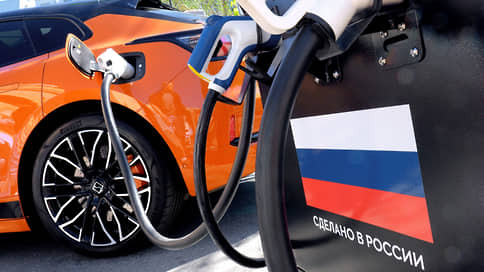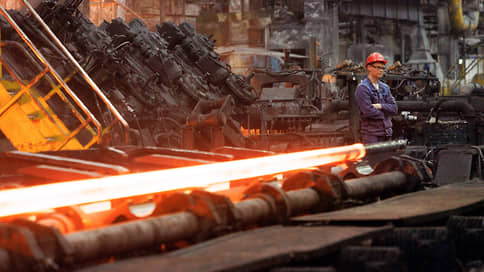Charging hubs can include in the program subsidizing electrical loading stations

The Ministry of Industry and Trade can include charging hubs in the new subsidy program of electric loading stations (EEZ), and found out “Kommersant”. We are talking about sites with several power modules for EMS. Although the station operators are interested in installing hubs, their payback can negatively affect the slow growth of the electric car park. The phased development of hubs in places with high traffic will be optimal, analysts say.
The Ministry of Industry and Trade can include charging hubs in the new ERS subsidizing program, the Kommersant source, familiar with the discussion. This applies to locations with several charging stations at once, each of which can apply for a subsidy. Another mechanism for supporting hubs with one or more powerful power modules is being worked out by VEB.rf. The last program for subsidizing the EPS installation operated in 2022–2024. The maximum subsidy amounted to 60% of the cost of the station, the same amount was for technological connection, but not more than 1.86 million rubles. and 0.9 million rubles. respectively.
The Ministry of Industry and Trade confirmed Kommersant that supporting the creation of hubs in the form of a single complex of charger infrastructure with the power modules made by the unit is discussed. But in the basic tool for the development of electrical charging infrastructure, support for only separate stations is planned, the department said. VEB.rf confirmed “Kommersant” that they are also considering projects for creating charging infrastructure.
Armen Safaryan, chairman of the Association of manufacturers and operators of electrical loading stations (APOE), explains that the “charging hub” is a location in which it is possible to simultaneously exercise more electric vehicles with a relatively separate EPS. According to Apoe, the charging hub may look like one powerful power module with user interfaces or several standard separate stations for parking. Now the chargers in the country are units and all of them are groups of separate stations. “At the same time, charger hubs with a single power module is a more flexible solution that allows you to charge more power, including different types of vehicles, depending on the location,” says Mr. Safaryan.
However, EEP operators are concerned about low loading of already installed stations. The Rosseti was told Kommersant that the loading of their EPS is about 2-4%, which is not enough for payback in the target period of eight to ten years. Atomenergo believes that it is important to stimulate the demand for electric cars, otherwise even the most developed network of charging stations risks being ineffective. The volume of the necessary subsidies for the hubs was specified there, there should be at least 80% of the cost of the project. “Atomenergo plans to start the installation of such hubs through the provision of VEB.rf preferential loans no earlier than 2026,” Kommersant told Kommersant.
Sitronics Electro CEO Andrei Gurlenov supports the initiative, but to make a monoblock charging hub with a capacity of more than 450 kW, according to him, is still inappropriate and economically unprofitable. The company already has hubs in residential complexes – low power and large capacity in the number of cars, from six or more, for simultaneous charging. “We see that the points under two charging stations are now successfully working, three is a good step in development for 2025–2027,” says Mr. Gurlenov. At the same time, the volume of subsidies, in his opinion, should be similar to the previously operating program – up to 60% of the cost.
Punkt E managing director Konstantin Alyabyev positively evaluates the inclusion in the list of state support for modular stations (Split System; charging complex with a power module), but notes that the mechanism of preferential lending is lost to existing subsidies to classic integrated stations of 150 kW. According to him, Punkt E So far in experimental mode, it plans to install modular stations, which are most suitable for parking lots of large business and commercial facilities, as well as for large logistics interchanges.
Johannes-Kornelius Rostov from Euler-Analytical Technologies emphasizes that hubs require serious investments, connecting high power to electric grids and can create an additional load on the energy system. “In Russia, with such a small park and current falling sales of electric vehicles, as well as an existing low loading of ERS, there are significant risks,” says the analyst. Habs, in his opinion, should be economically beneficial for the user, which will provide an adequate tariff grid that can only be formed with a sufficient number of electric vehicles and competition among EEZ operators. “The optimal path is the development of charging hubs in stages, in places with high traffic and predicted demand,” says Mr. Rostov.
According to Avtostat, the sales of new electric vehicles in the first quarter of 2025 decreased by 69% of the year, to 1.85 thousand units. According to the agency, the Russian market of new electric vehicles remains in the negative zone for ten months in a row, and this year the fall has accelerated. The electric car in the Russian Federation on January 1 at Avtostat is estimated at 59.6 thousand pieces – 0.12% of all cars.







